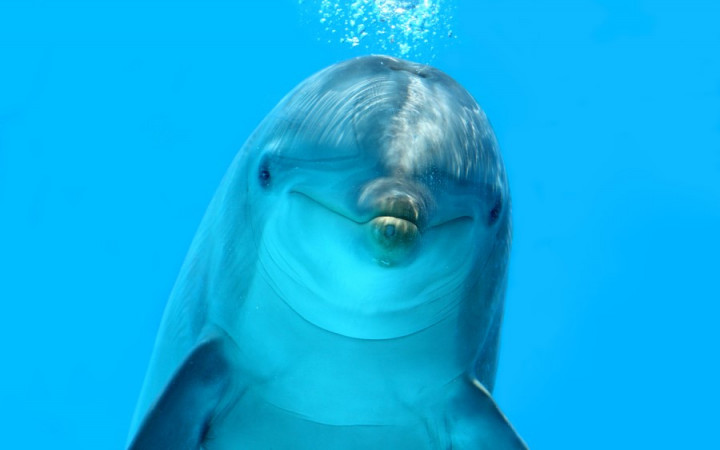Do you love dolphins? When it comes to marine mammals, dolphins have cornered the market on cuteness. Their faces seem to possess a knowing smile that never fades away. The way they glide through the water and sail through the air is nothing short of magical.
But did you know that dolphins also possess a unique ability to see with sound that still amazes and mystifies scientists to this very day? It's true! It's called echolocation, and dolphins share the use of this unique way of “seeing" the world with other animals, such as whales, porpoises, and bats.
Why would dolphins need to use sound to see, though? Think about the times you've gone swimming. How well do you see underwater? With goggles, you might be able to see several yards in very clear water. However, in murky water, your visibility might be mere feet or even inches. The same holds true for dolphins.
Dolphins have developed the ability to use echolocation, often known as sonar, to help them see better underwater. Scientists believe this ability probably evolved slowly over time. Echolocation allows dolphins to “see" by interpreting the echoes of sound waves that bounce off of objects near them in the water.
To echolocate objects nearby, dolphins produce high-frequency clicks. These clicks create sound waves that travel quickly through the water around them. In fact, sound waves travel almost five times faster through water than they do through air.
When the sound waves bounce off of objects, they return to the dolphins as echoes. Dolphins pick up those echoes with their lower jaw and their enormous foreheads. These areas have cavities filled with fatty tissues that channel the sounds toward the ears and then on to the brain, where they're interpreted.
So exactly what can dolphins “see" via these echoes? A lot! Using a combination of regular sight and echolocation, dolphins are able to determine the shape, speed, distance, size, direction of travel, and even some basic facts about the internal structure of objects in the water around them. This information is critical for dolphins to find food and navigate in dark or murky waters.
Echolocation was first studied in depth by famous marine explorer and scientist Jacques Cousteau over 60 years ago. Despite years of study, scientists still do not fully understand the complex mechanisms that allow dolphins to learn so much about their surroundings via echolocation. Future scientists will continue to explore the mysteries of echolocation in an attempt to understand more fully this fascinating sensory system.




